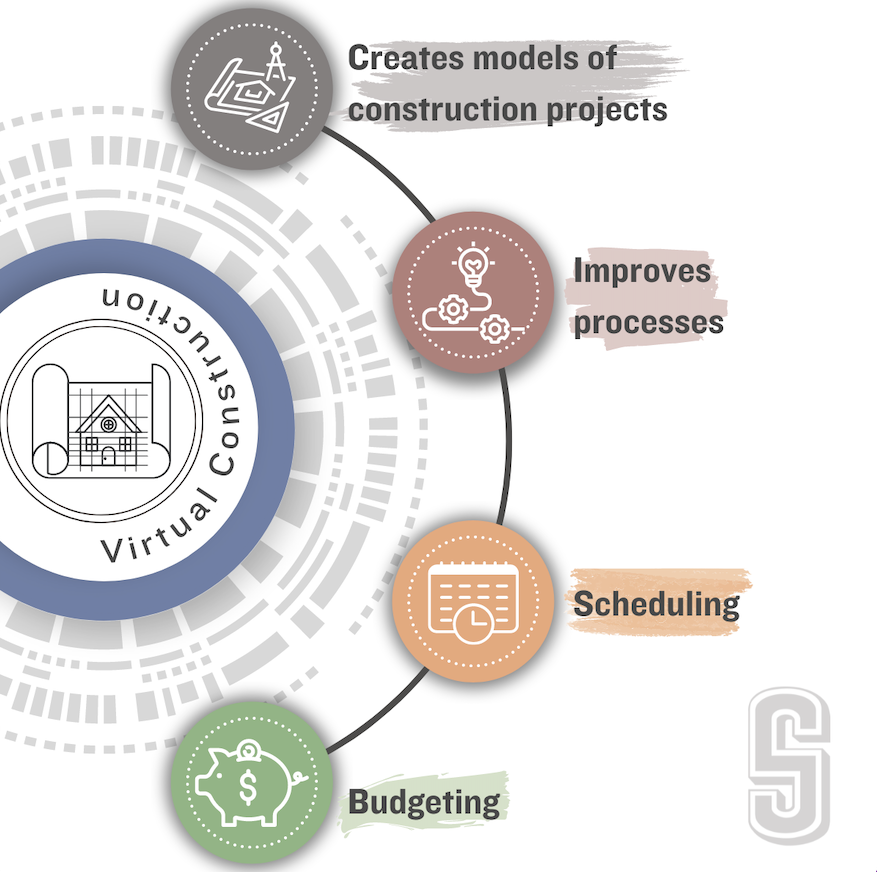How Virtual Construction has helped the construction industry over the past 20 years…

Virtual Design Construction was introduced over 20 years ago. While the switch towards using digital technologies has positively impacted construction firms, the COVID-19 pandemic forced firms to quickly switch to utilizing technologies like Virtual Design Construction and BIM technologies in their everyday operations. In fact, according to Ernst & Young, “98% of engineering and construction companies agree that digital solutions are critical to the future viability of their company.” This is substantial and goes to show why digital technology is the future of construction.
Now, what’s Virtual Construction?
To put it simply, Autodesk describes Virtual Construction as a type of technology that helps construction firms build digital designs of models of buildings and project sites. In times of COVID-19, construction firms were able to use Virtual Construction to maintain their project schedules and keep their clients satisfied while being safe from COVID-19 risks. Virtual Construction is beneficial for multiple reasons which Autodesk identifies as:
- Creates models of their construction projects
- Improves processes
- Helps scheduling and budgeting
Virtual Construction allows firms to plan and manage a project before the team sets foot on a job site. Construction firms can perfect the design of the building and work out the kinks before site work begins. Another digital technology, Building Information Modeling (BIM), is also particularly helpful for construction firms. While it is similar to Virtual Construction, there are a few key differences between the two. Autodesk explains that BIM technology creates a digital depiction of a physical building and Virtual Construction uses BIM to plan out aspects of a construction project.
Furthermore, another benefit of digital technologies like Virtual Construction and BIM is that they also provide a way for construction teams to communicate more effectively. ConstructConnect explains that these digital technologies can be used to communicate safety protocols for workers on job sites. These technologies allow construction teams to have more transparent communication and collaboration as they can discuss the phases of the project, additional safety measures, scheduling, and more.
At Shiel Sexton, we leverage Virtual Design and Construction and BIM Modeling technologies to maximize value for our clients. These digital technologies help our team improve project productivity in avenues such as planning, communication, design, and implementation which ultimately helps us create better building experiences. Virtual Construction and BIM technologies are instrumental in helping us maintain and strengthen our customer relationships, and we are excited to find new ways to use this technology to benefit our customers.
